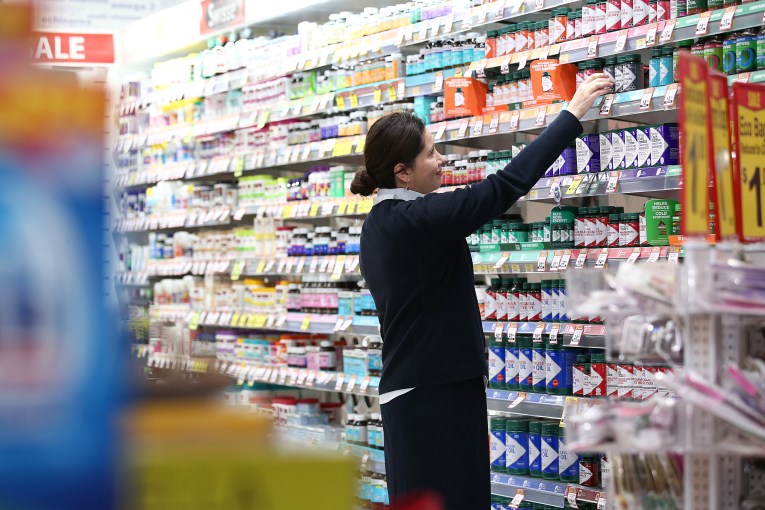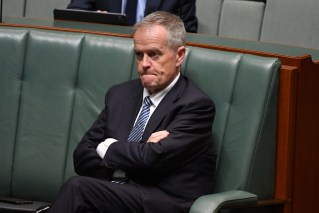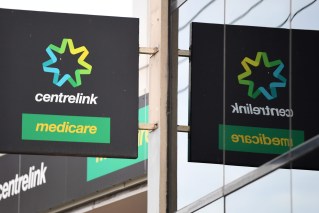Rigid workplaces spark a ‘flexidus’ of women from labour force
First it was the “Great Resignation”, then Treasurer Josh Frydenberg tried to introduce the term the “Great Reshuffle”, but now there is the potential “Flexidus” among women workers.

LinkedIn director Prue Cox said flexibility was becoming a critical factor for women in the workplace. (Image: Unsplash)
The LinkedIn network has found two in three Australian women want more flexibility in their work.
Its research found that while the pandemic had increased opportunities in workplace arrangements, challenges remained for female workers seeking greater flexibility.
Half of those seeking more flexibility were forced to take a pay cut, the survey of 1018 respondents found.
At the same time, a quarter of women who left a job because of a lack of flexible work say they lost their confidence and 20 per cent decided to take a career break.
LinkedIn director Prue Cox said flexibility was becoming a critical factor in the workplace.
“This flexibility could be anything, from working non-traditional hours, to hybrid working. It’s whatever the employee needs to help better accommodate their individual working conditions,” Cox said.
“If employees feel their needs aren’t being met with flexible working arrangements, we could see a ‘Flexidus’ of women walking away from organisations and roles that don’t support the new world of work.”
LinkedIn has introduced a new feature to its network where members can add a “career break” to their profile to demonstrate any period of time out of the workforce.
The goal of this is to normalise the incidence of career breaks and to remove stigma in a professional setting.
Meanwhile, petrol prices falling to comfortably below $2 a litre in most places has provided a further boost to confidence in teh economy, although a new survey still shows pessimists outweighing optimists.
The weekly ANZ-Roy Morgan consumer confidence index – a pointer to future household spending – rose by a further 1.3 per cent to 94.6 – still below the key 100 level.
Household inflation expectations were steady at a 5.8 per cent, remaining close to a recent 10-year high, despite lower petrol prices.
ANZ head of Australian economic David Plank said declining terminal gate prices for petrol and the flow-through of the reduction in petrol excise should see prices even lower in coming weeks.
“This should lead to lower inflation expectations and, along with the Easter holidays, this is likely to boost sentiment,” Mr Plank said
Prime Minister Scott Morrison jumped on the fall in petrol prices, indicating this was the result of his government’s decision to halve fuel excise to 22 cents per litre as part of a cost-of-living package in last month’s budget.
But Commonwealth Securities senior economist Ryan Felsman believes an even bigger influence on the decline in pump prices in recent weeks has been the sharp fall in international oil prices.
“Crude prices have now given up most of the gains seen since Russia’s invasion of Ukraine in late February, with prices down around 22 per cent since March 8,” Felsman said.












